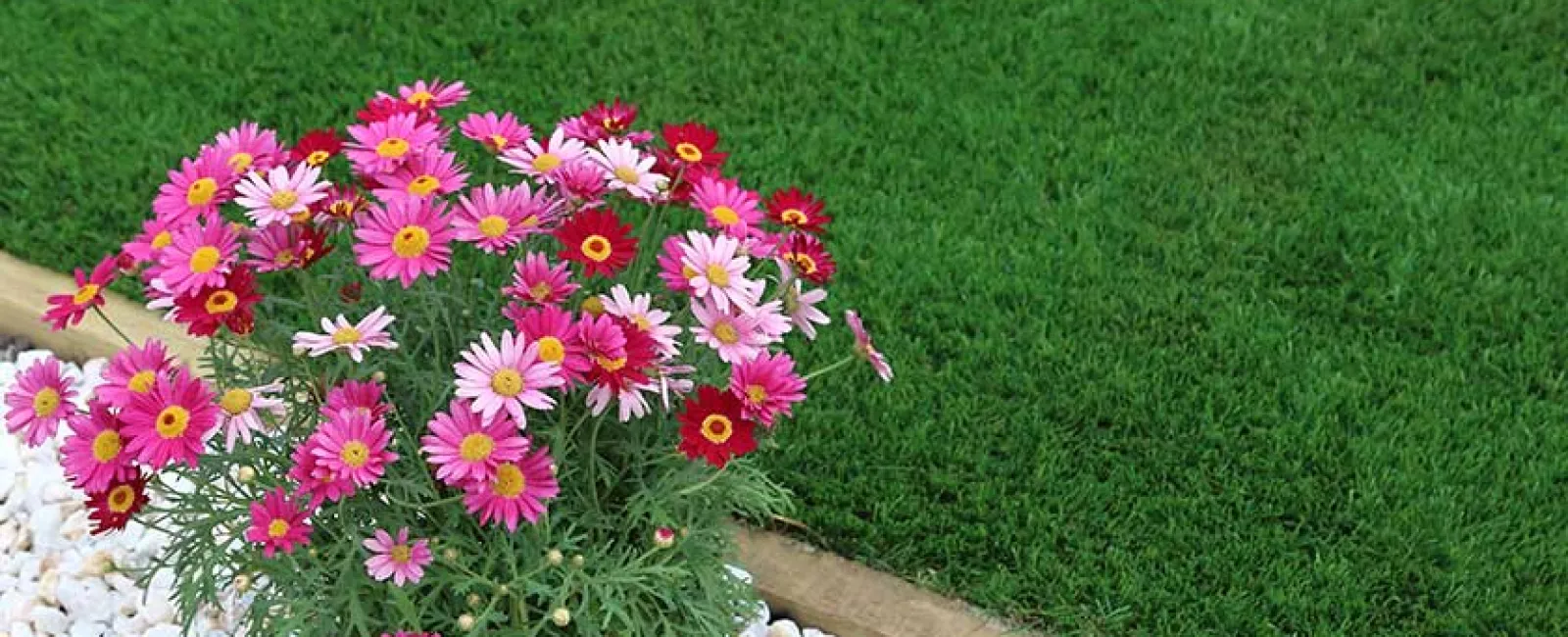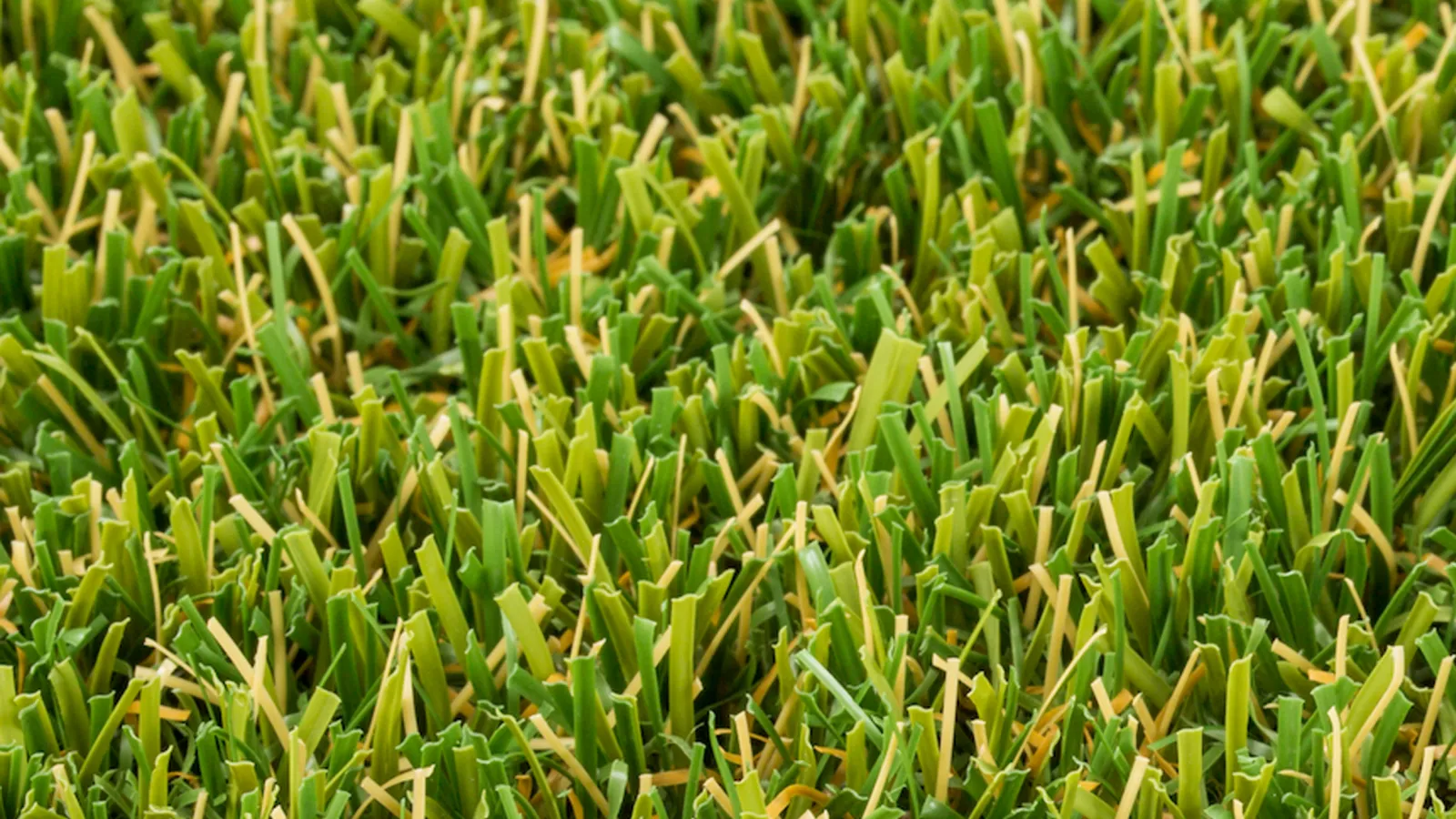Homeowners and businesses today are looking for ways to make their outdoor spaces more sustainable without losing beauty or function. Many are asking, Is artificial grass environmentally friendly? The answer is yes, when made and installed correctly, it can be one of the most eco-conscious choices available.
Artificial grass helps save water, cuts down on maintenance waste, and lasts for years without harmful chemicals or fuel-powered upkeep.
Reduced Water Usage
Traditional lawns require significant water to stay green, especially during hot seasons or droughts. Artificial grass eliminates this constant demand. Other than occasional rinsing to remove dust or debris, it remains clean and lush without daily watering. This practice conserves thousands of gallons of water annually, benefiting the environment and lowering utility costs.
Reduced water usage also eases pressure on municipal supply systems, which makes synthetic turf a smart alternative in regions facing water shortages or restrictions. Over time, these water savings accumulate significantly, supporting long-term sustainability efforts.
Homeowners and businesses also reduce the energy required for irrigation systems, lowering their carbon footprint. They maintain vibrant, low-maintenance outdoor spaces that stay functional and attractive throughout the year.
No Need For Chemical Products
Natural grass often depends on fertilizers, herbicides, and pesticides to stay healthy and pest-free. Artificial grass removes this reliance entirely. Once installed, it maintains its vibrant appearance without chemical additives. This reduces toxic runoff that could harm surrounding plants, wildlife, or pets.
Over time, avoiding these chemicals helps keep the soil underneath healthier, making it safer for future landscaping adjustments. Understanding "Is artificial grass environmentally friendly?" includes recognizing how it reduces chemical impact on the land and ecosystem.
Less Waste In Landfills
Maintaining natural grass generates waste such as clippings, broken sprinklers, empty containers, and old gardening tools. Artificial lawns lower waste production considerably.
Synthetic turf has a long lifespan, reducing the frequency of disposal. Many modern turf products are recyclable. This allows them to be repurposed for playgrounds, sports facilities, landscaping projects, or other applications. Recycling older turf supports broader sustainability goals while relieving pressure on landfills and promoting responsible resource management within communities.
No Gas-Powered Equipment Needed
Traditional lawns require mowers, trimmers, and blowers that use fuel and release emissions. Artificial grass eliminates this requirement. Its surface remains even, clean, and attractive without relying on polluting equipment.
Cutting back on fuel-powered tools lowers carbon output, improves local air quality, and reduces noise pollution. This also frees homeowners to enjoy their outdoor spaces rather than spending hours on maintenance.
Lower Noise Pollution
Frequent mowing, edging, and trimming generate considerable noise, disturbing both humans and wildlife. Artificial grass removes that concern. Its low-maintenance design eliminates the need for machinery, creating a quieter environment.
This benefits residents and supports local wildlife by preserving peaceful spaces for nesting and communication. A serene, low-noise yard is another lasting environmental advantage of synthetic turf.
Made With Recycled And Recyclable Materials
Modern artificial grass often incorporates recycled materials, and many products can be recycled at the end of their life cycle. This gives synthetic turf a smaller environmental footprint than natural grass, which demands ongoing water, energy, and chemical inputs.
Using recycled turf reduces plastic waste and supports green manufacturing practices. Some designs even feature fully recyclable backing systems to create a closed-loop process that maximizes sustainability. This evolution makes synthetic lawns an increasingly responsible option for eco-conscious property owners.
Durability That Reduces Long-Term Waste
A well-installed artificial lawn can last anywhere from 10 to 20 years, depending on use and exposure.
That longevity minimizes the need for frequent replacements and material waste. It stays lush through changing weather conditions, heavy traffic, and pets without losing its natural appearance. Fewer replacements mean fewer manufacturing and transportation emissions over time.
This long life cycle makes artificial grass not only cost-effective but also genuinely sustainable. Each year of use adds to its environmental value by reducing the overall demand for new materials and repeated landscaping work.
A Cleaner, Safer Outdoor Environment
Because synthetic turf does not attract insects or pests, it creates a cleaner and more comfortable outdoor setting. It drains quickly after rain, preventing muddy patches or water pooling that can lead to mold or bacteria growth. The surface stays dry and safe for children and pets to play on. This healthier environment supports daily life while keeping maintenance simple.
Artificial grass also resists allergens like pollen, making it easier for those with sensitivities to spend time outside. It is a small but meaningful benefit that supports both environmental and personal well-being.
How Artificial Grass Contributes To Sustainability
Artificial turf plays a larger role in modern sustainability efforts than many expect. Cutting down on water waste, reducing emissions, and preventing chemical runoff help to support clean soil, air, and water systems. The consistent, long-lasting performance of synthetic lawns also decreases material waste and energy use over time.
Each property that makes the switch contributes to a cleaner, greener community. Sustainable landscaping does not have to mean giving up on aesthetics. Artificial grass combines the look of a well-maintained lawn with a responsible approach to the planet's resources.
Why Homeowners And Businesses Are Making The Switch
Across residential neighborhoods and commercial developments, artificial grass is becoming the preferred choice for low-maintenance, eco-friendly landscaping. It offers dependable beauty and lasting performance while significantly reducing environmental impact.
The savings on water, energy, and upkeep appeal to both homeowners and property managers looking for long-term value. Installing synthetic turf is not just about convenience; it is a thoughtful step toward sustainable living. It reflects a growing awareness that environmentally responsible decisions can still enhance comfort and style.
Turf Tek USA is dedicated to providing premium artificial grass that aligns with modern sustainability goals. Our products are designed for long-term use, crafted with durable, USA-made materials, and installed with expert precision. We help homeowners and businesses transform their outdoor areas into spaces that look natural, perform efficiently, and support a healthier environment for everyone.
To learn more or request a custom installation, contact us today.


